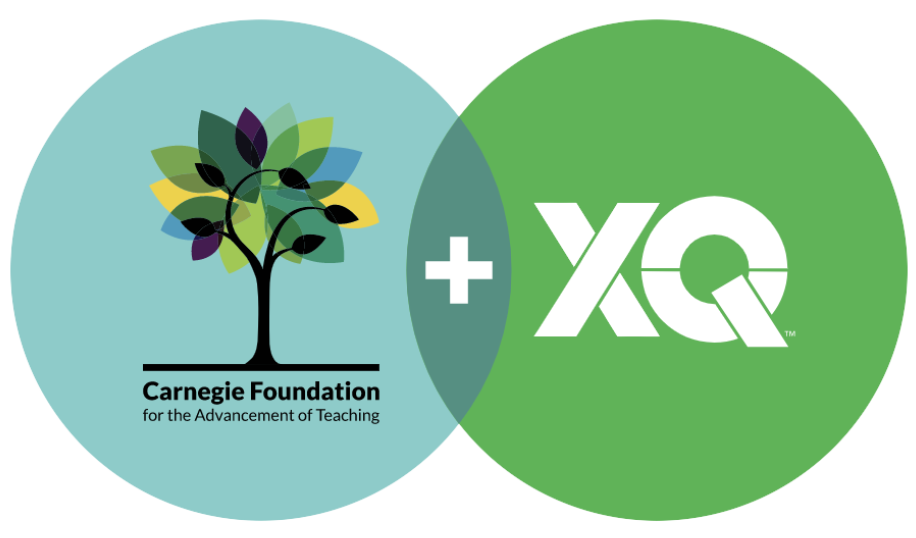It Depends...

A few weeks ago, I reprised my role as a reviewer to select the 2nd cohort of D.C. high schools to participate in DC+XQ, a multi-year partnership between the D.C. Public Schools and XQ institute. The goal: To rethink and redesign all DCPS high schools.
These were not stodgy, pro forma applications to get funding to tinker. These were bold applications to get time to transform. They were powerful, colorful, mission-driven arguments supported with engagement evidence, day in the life stories, student survey data, and graphs and charts detailing plans for new project-based and place-based learning experiences that are both rigorous, relevant, and relationship-rich. And every plan had student wellness as one of their 3 or 4 anchoring pillars that was presented with the same care and depth as those committed to transformative project-based, place-based learning and leadership.
All of this enthusiasm came from the fact that entire school communities were challenged to fully examine three interconnected ideas: That high school doesn’t have to be boring. That students can get further faster if we let go of the ideas that knowledge and skill-building must be divided up into discrete, standardized segments in which all students get the same amount of time to master and that mastery is best demonstrated on standardized tests. That it is possible to do an end run around the Carnegie Unit.

Not familiar with the Carnegie Unit? Or with the fact that XQ Institute has partnered with the Carnegie Foundation for the Advancement of Teaching to design reliable, fully functional alternatives to grades and seat time? Go to XQ’s new report Why the School System Needs to Change, and How – XQ Reports (xqsuperschool.org) or, if you’re short on time, sign up for Eddie Montalvo’s wonderful bi-weekly newsletter. Here is his quick summary of the building blocks needed for a new competency-based architecture:
Clear and persuasive learner outcomes
Powerful learning experiences aligned with those outcomes
New student performance frameworks
Technology-enabled badging, assessment, and transcript systems to validate, credential, and codify what young people learn
Mold-breaking designs for teaching, learning, and schools.
Not convinced that this is possible? Consider the fact that the four schools that exhibited so much pride in their in-person “pitch sessions” for the reviewers started their design journeys in February 2022. When teams at six DCPS high schools decided to immerse themselves in XQ’s research-based Design Principles and Learner Outcomes and began the process of doing self-audits, engaging with community members, building representative design teams, talking with experts, and working with students and staff to develop a core design concepts that addressed the specific needs and assets of their schools and communities.
Two schools were selected to start their planning processes (prototyping new models) in the fall of 2022.
The other four schools – the ones hoping to be in Cohort 2 – were offered the opportunity to continue to cultivate their ideas. They continued to receive support – policy flexibility, design lab TA, and the monetary commitment to resource school models through the prototyping and implementation stages.
But the real gifts they received were time and trust. Trust that, with time, they could internalize and customize the lessons learned and use them to create something compelling. We can’t give those gifts to students if we don’t first give them to schools.



1 Comment
Love it! Any outcomes to share?